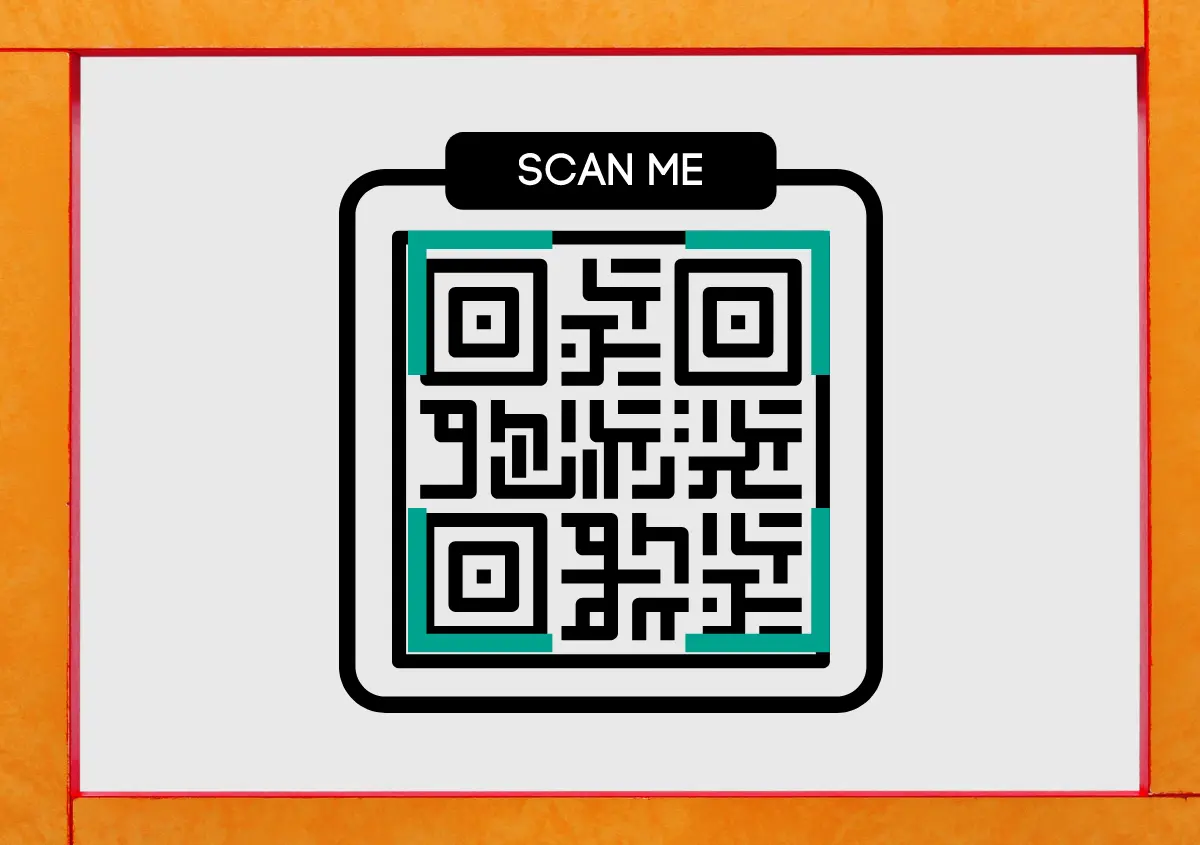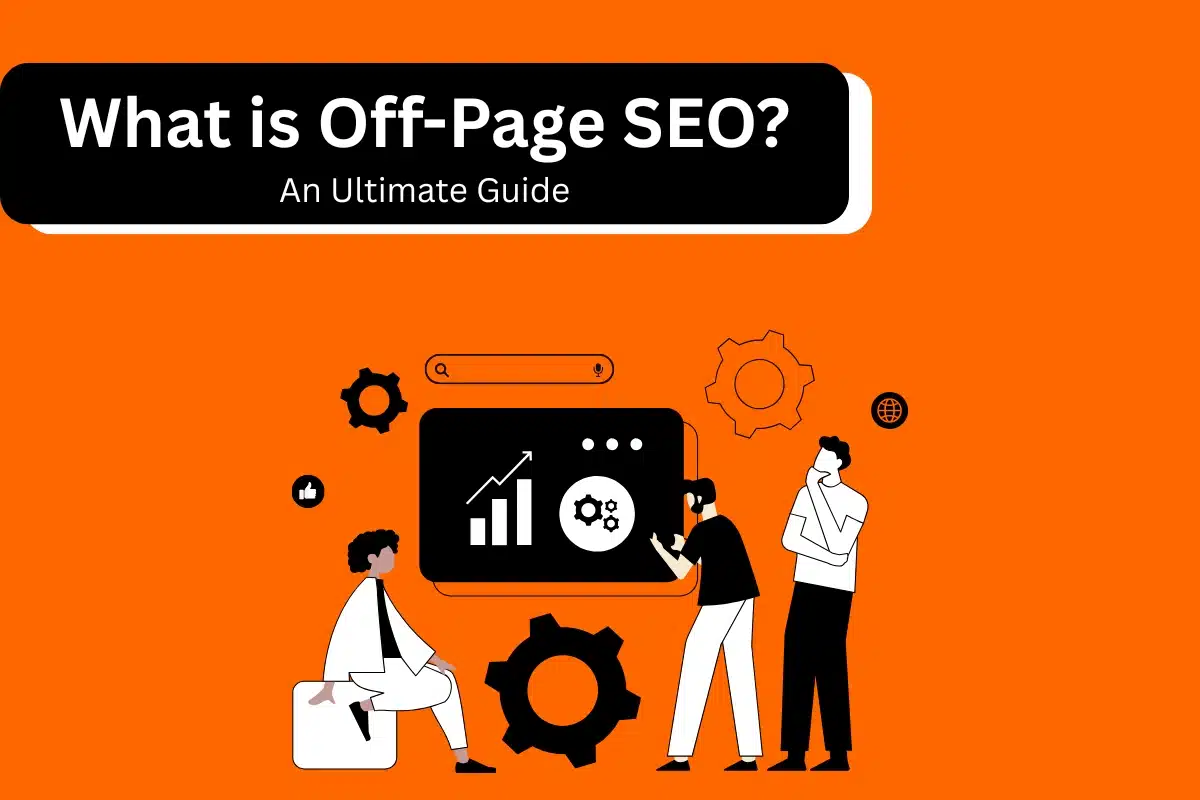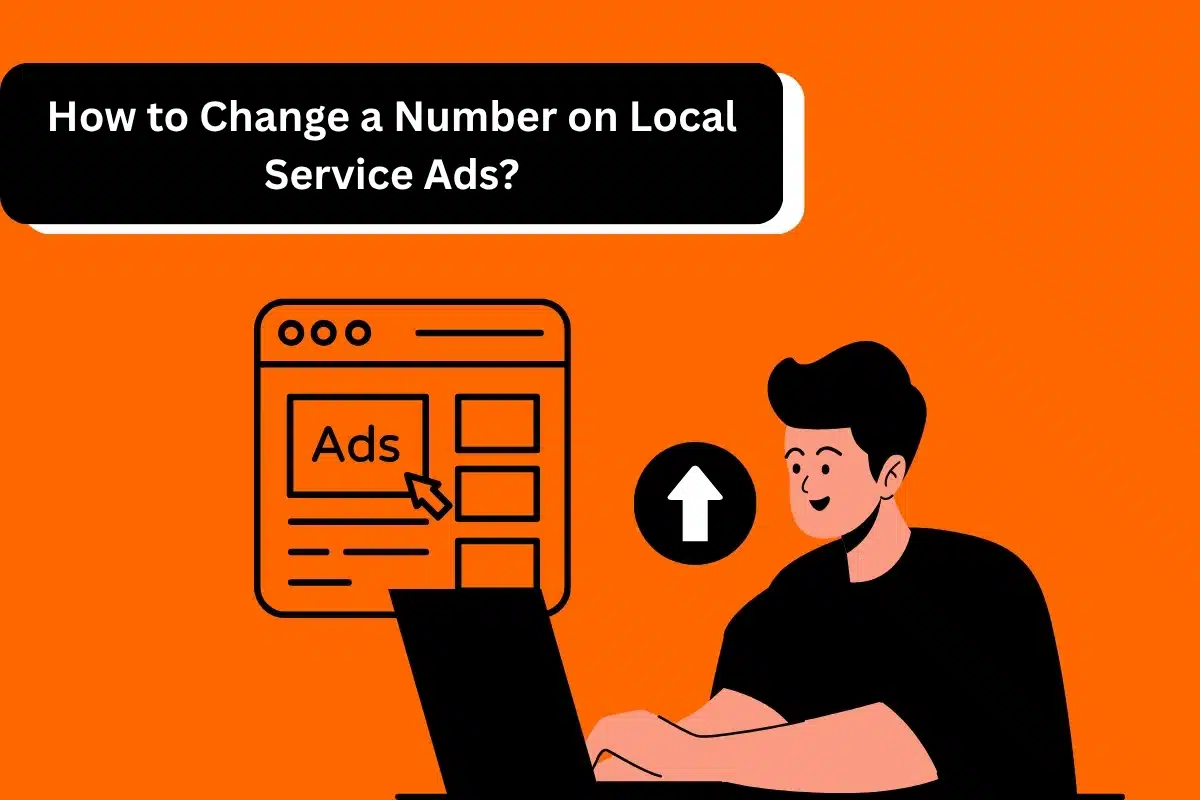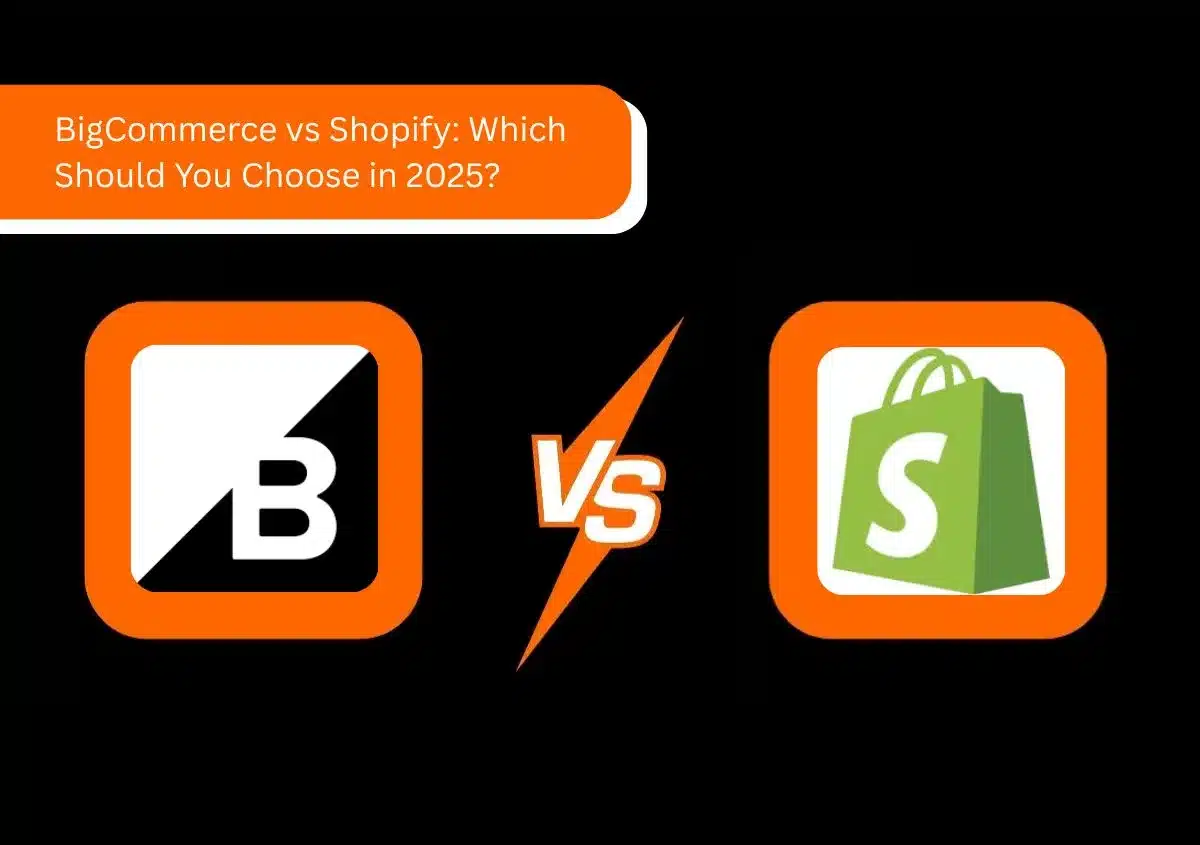As part of the ever-evolving digital marketing channel, QR codes have emerged as a brilliant marketing tool to bridge the physical and digital worlds. These Quick Response (QR) codes can store different information when scanned by a smartphone.
From a digital marketing point of view, QR codes provide detailed scan data, and URLs used, including location-based information, the time of the scan, where a device was used, etc. They allow marketers to track user engagement with ease, making campaign analytics more hassle-free than ever. This data can be further integrated into platforms like Google Analytics to get an overall picture of consumer behavior, and campaign ROI.
What Is a QR Code?
Quick Response codes, or QR codes for short, are two-dimensional contactless barcodes that were first developed in 1994 by Denso Wavefirst, and created for the Japanese car industry. They resemble a square-shaped grid of white and black squares and are similar to a physical hyperlink that links digital and physical content.
These codes scan faster and don’t require any extra equipment, even when scanned from different angles. You can embed over 4,000 text characters as well as phone numbers and website URLs into QR codes. Other types of information that you can store in a QR code include:
- vCard files
- Geolocations
- Calendar data
- Contact information
- Email address
- Images
QR codes have several creative uses, from helping with review generation to lead capture. This is especially true now that technological advances and changing consumer behavior are facilitating even more widespread adoption of QR technology.
This type of technology provides marketers with a way to combine offline and online channels. You can scan a QR code using your smartphone camera or by downloading an app that reads them, making these codes widely used and popular.
Moreover, by adding the QR code experience for your customers, you give them instant access to specific content. For instance, a QR code on an ad can direct users to mobile-friendly landing pages prompting them to download apps, visit website sections, or interact with social profiles. QR codes are also dynamic, which means the information can be updated in real-time without needing to reprint physical materials.
During the COVID-19 pandemic, QR codes regained popularity and their use increased due to their contactless nature. Furthermore, smartphones and social media platforms added to their popularity to justify the marketing application on a larger scale.
Why Do You Need QR codes for Digital Advertising Campaigns?
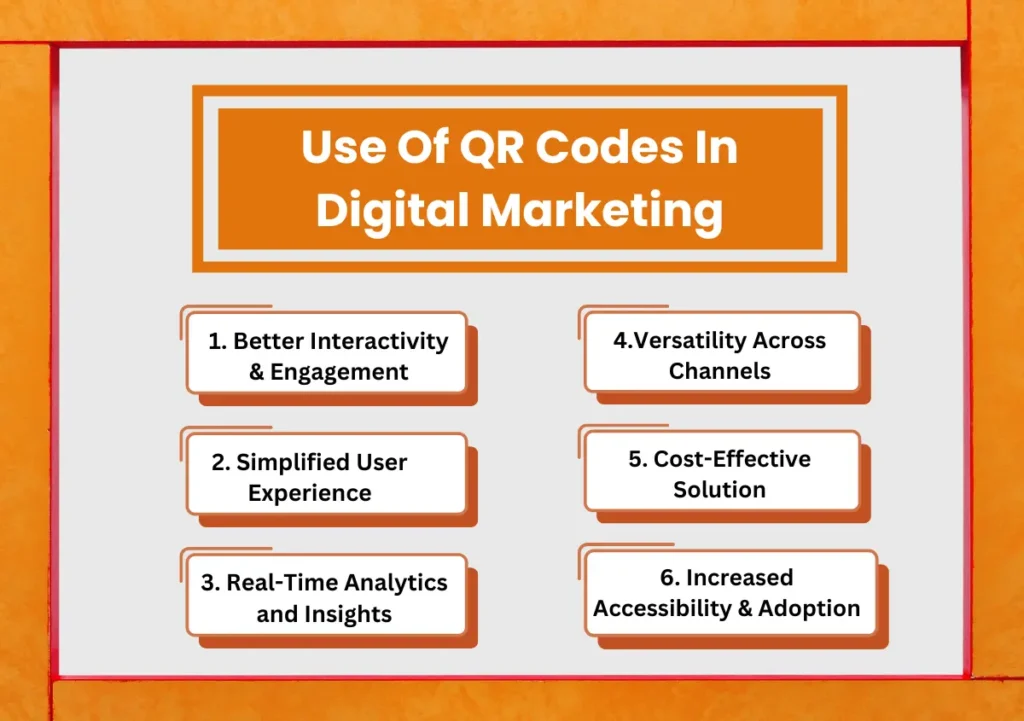
QR codes enable marketers to reinforce interaction in their campaigns, gain the right insights, and ensure flawless consumer experiences that help boost engagement and conversions.
As part of your marketing efforts, you can create more customization options while making these codes. Through the use of customized call-to-action frames, brands can design dynamic QR codes that are consistent with their branding colors and logos. This not only improves brand visibility but also leads to a higher scan rate as the code looks more attractive and colorful.
These codes have helped in improving engagement and tracking ongoing campaigns. Using them, marketers can enjoy several advantages that align with how consumers now behave.
1. Better Interactivity & Engagement
QR codes turn static ads into interactive experiences. They direct users to different online content,(websites, videos), or promotional offers by scanning a small code. By offering a direct and near-instant transition from physical to digital media, They increase engagement rates as the customer’s desire to access information instantly is fulfilled.
2. Simplified User Experience
QR codes are easy to use. With their smartphones, consumers can simply scan a QR code to avoid typing long URLs or look up the information manually. This approach enhances the user experience as product selection is a lot easier and also lowers resistance to conversion.
3. Real-Time Analytics and Insights
For marketers, tracking campaigns effectively and in real-time is invaluable. You can track user interactions based on the number of scans each QR code has gotten, the time of scan, and the location. This allows for the implementation of data-driven decision-making which could help you make changes and optimizations on the go to improve campaign performance.
4. Versatility Across Channels
You can include QR codes in many different marketing channels – print ads, social media, email campaigns, and even physical store displays. This brand uniformity helps maintain that singular holistic customer experience no matter how many times a business interacts with its public. In addition, they combine offline with online marketing efforts ensuring a complimentary and united avenue to reach target audiences.
5. Cost-Effective Solution
Using QR codes in your marketing tactics is an affordable option. Even the smallest businesses can afford to print QR codes because they cost almost nothing to generate and print. In addition, it allows linked content to be updated without having to update the actual code and has general long-term value and flexibility.
6. Increased Accessibility and Adoption
Now that everyone uses smartphones, consumers are familiar with using these codes without any technical challenges. This accessibility means that you can reach a broader audience without any technological investments.
QR codes provide marketers with a tool to include in digital advertising campaigns that simultaneously collect valuable data, boost engagement, improve user experiences, and drive cost-effective outcomes.
In a world where the digital marketing landscape is ever-changing, QR codes can provide that versatile solution to help meet modern consumer needs and turn your campaigns from good to great.
Read Also: How to Exclude Mobile Apps in Google Ads?
How to Utilize QR Codes for a Better Marketing Strategy?
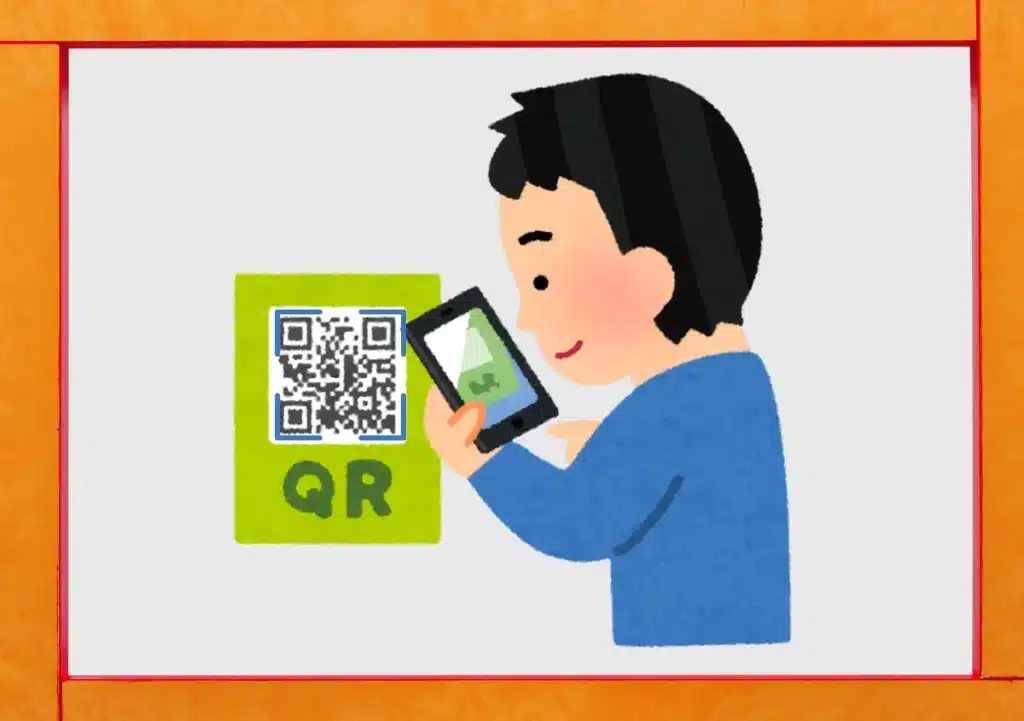
1. Direct Customers to Landing Pages
QR codes can direct customers to particular landing pages or websites. Instead of manually typing URLs to access information, they can just scan and get the needed information quickly. As marketers, you need to ensure that each QR code is linked to one URL only so you can measure how well your campaign is performing, and where the changes are needed to figure out solutions to roadblocks almost swiftly.
2. Ease of Direct Communication
QR codes can be encoded to facilitate direct communication, either by dialing your business number or sending a predefined SMS. This can be quite useful, especially for events or trade shows where you have to meet potential partners, and customers in real-time. Doing so encourages customer interactions and improves engagement.
3. Boost Email and SMS Marketing
Incorporating QR codes in your email and SMS campaigns makes it simple to capture opt-ins, resulting in higher engagement Readers can scan a QR code with their phones to subscribe to newsletters, get discounts, or access special content within the device itself. It makes the user experience seamless and can also result in high conversion rates.
4. Simplify App Downloads
QR codes can drive app downloads that are beneficial for increasing your user base. With direct links to the app store, users can instantly download apps on a single touch without even searching it by scanning the QR codes. It works very well in advertising campaigns, events, and product packaging.
5. Provide Business Location Information
QR codes can be used to provide an in-depth way of guidance on how the customers get to your place of business. Putting QR codes on your website, in print materials, or in digital advertisements gives consumers the convenience of being able to scan and immediately be directed right to your front door giving a huge boost to user experience.
6. Promote Social Media Channels
QR codes can drive viewers to social media platforms. This can help in growing the follower base, interactions, and engagement. This works particularly well if you add an exclusivity element like a special token or exclusive content for customers who scan the QR code.
7. Increase E-commerce and In-Store Sales
QR codes can provide an elevated shopping experience by connecting to product details, discount offers, or special promotions. They can be placed on product packaging, in-store promotions, or even within digital advertisements. This solution is easy to implement in both online and brick-and-mortar stores, increasing sales conversion and customer retention.
8. Monitor Campaign Effectiveness
QR codes allow you to track user interactions, revealing when scans were made over which location and using which device. This information is key to determining whether marketing campaigns are helping you achieve your goals. This data can be used to make adjustments based on data. This data when analyzed can help marketers understand the behavior of their target audience and tweak their strategies accordingly.
When QR codes are expertly incorporated into your marketing strategy, they can make customer engagement easier and more effective. Also, QR Codes improve the flow of information across systems and give you a ton of insight to build on in your future campaigns.
Real-Life Examples of QR Codes Used in Businesses
QR codes are a powerful and versatile marketing tool. Here are some ways that successful organizations have added value across their marketing efforts plan using QR codes.
1. Taco Bell’s Doritos Locos Tacos
When customers scanned the codes they were taken to a fully mobile-optimized landing page with games and sweepstakes entries. The weekly updated dynamic content engaged customers, nudging them to buy more, resulting in increased sales and brand interaction.
2. Netflix’s Gilmore Girls Pop-up Coffee Shops
To promote the revival of “Gilmore Girls,” Netflix came up with pop-up coffee shops designed after “Luke’s Diner” from the hit TV show. They employed the use of Snapcodes (a type of QR code) on coffee cups. When a user scanned these codes, they unlocked special Snapchat filters. This created an immersive and interactive experience for fans. Through the use of this campaign, Netflix was able to generate significant buzz around the show and in general.
3. Heinz’s “Join the Growing Movement” Campaign
Heinz used QR codes on their product bottles to promote environmentally friendly initiatives. Those who scanned the codes were directed to make a pledge around smarter sustainability and share their commitments on social media. With each pledge, Heinz planted trees and made customers part of their green initiatives in a more direct way which tied consumers together.
4. Starbucks Mobile Payment
Starbucks uses a QR code for its mobile payment system. On the customer’s side, they use their phone and the Starbucks app to create a unique QR code which they scan at their registers in order and pay. This smooth transition has created a better customer experience, speeding up the transaction process.
5. Nike’s In-Store Experience
Nike stores leverage QR codes to improve the shopping experience. By scanning codes on product displays, customers can access detailed information with reviews and exclusive online content to learn more. The integration crosses the divide between brick-and-mortar and online shopping, giving customers a fuller view of items.
These real-world examples show how QR codes enhance marketing strategies by increasing engagement, speeding up transactions, and combining both physical and digital experiences. Through the strategic incorporation of QR codes, businesses can create marketing campaigns that are effective and interactive.
Note: Read All Technologies Blogs Here.
Final Words
In the end, a wide range of businesses profit from QR codes. In addition to saving you time and effort, QR codes give you the necessary data to measure your marketing campaign accurately. They pass through your system, and your analytics allow for more investigation.
As digital marketers, you can leverage QR Codes to enhance consumer experience and increase site traffic as you plan your next digital advertising campaign. Additionally, you can use QR Codes to track campaign performance and identify the most successful advertising techniques.
If you want to leverage QR codes for your marketing campaigns, contact Website Pandas’ Team to get started.

